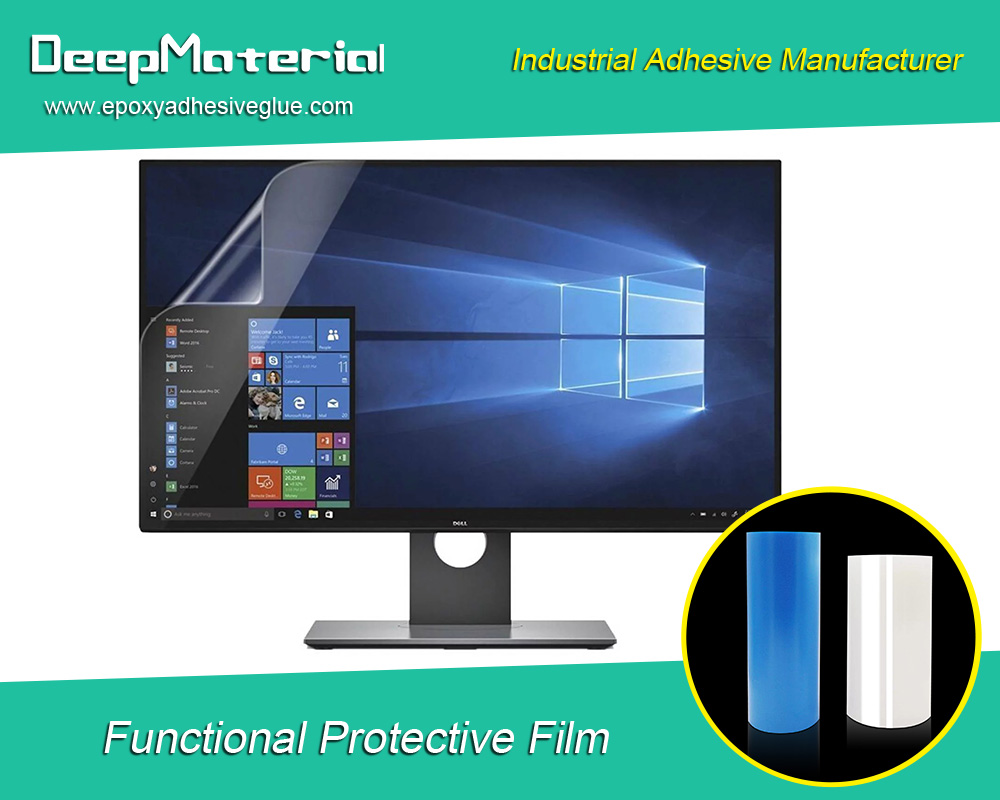Best electronics assembly adhesives sealants glue with RFID bonding for semiconductor and microchip manufacturers
Electronic innovations are everywhere and, in every facet, of life. Today, everything is inspired by technology, and things keep getting better and better with time. We now have driver-assisted systems, electric and hybrid cars, smartphones, augmented reality headsets, on-screen entertainment, planes, drones, and controlled indoor and outdoor space with home devices. Some decades ago, the level of innovation we see today sounded farfetched and unreal.
With the high level of innovation comes the need to fasten even the smallest electronic components. This has led to the developing of electronics assembly adhesives to improve the advances. There are so many formulations that can be used on different products to ensure the best electrical interconnect and to provide the highest structural integrity. Adhesives are also needed for the protection of components as well as heat transfer to ensure reliable performance.

Electronic adhesives are eliminating the need for soldering, which means creating some of the best electronics.
There is a wide range of materials that can be used. The best manufacturers have deep expertise in the field, and this has led to great capabilities all around the world. Finding a cost-effective and reliable solution for electronics is important.
The best adhesives
In the electronic industry, there are requirements and specifications for adhesives. In the case of electrically conductive epoxies, they can be silver filled to meet the requirement at hand, which is conductivity.
Electronic applications have different requirements, which is why such a wide range of adhesives can be chosen to serve different purposes. This is the reason why certain adhesives cannot be used on electronics.
In many cases, adhesives marketed for electronics assembly are not too different from general engineering adhesives. Marketing of products is usually geared towards certain industries, and they include information that is industry relevant.
Single-party epoxies used by electronic engineers for the encapsulation of microchips, bond heat sinks, and relays can still be used within the filter industry for potting and bonding end caps to filters or bond motor magnets. The same could be useful to biomedical engineers bonding insulin needles. The only difference is that they have different concerns. For the motor maker, the main issue is biocompatibility. For biomedical engineers, the main concern is impact strength.
Adhesive choices
Epoxy: Regardless of what it is meant for, epoxy remains an epoxy whether used for computers, medical devices, or toys. It is important to offer the manufacturer the right quality, ensuring that the product is consistent and the epoxy matches the requirements as needed.
Cyanoacrylates: some super glues with very specific properties are used in different industries. The manufacturers create adhesives that are heat-resistant for use in different applications. Resistant to solder reflow is one of the applications cyanoacrylates can be used.
Most manufacturers using cyanoacrylates have a preference for low-odor options. This is across many industries because of the comfort the workers can enjoy. In sensitive components, low blooming is the best. Blooming is the white effect that can be seen in areas that surround the bond. Low-bloom and low-odor adhesives are preferred.
Bottom line
Depending on the electronics you are handling, you need to find an adhesive that works to your advantage. With so many options available in the market, find out what you need and match it up with the available adhesive.

For more about best electronics assembly adhesives sealants glue with RFID bonding for semiconductor and microchip manufacturers,you can pay a visit to DeepMaterial at https://www.epoxyadhesiveglue.com/consumer-electronics-assembly/ for more info.
No comments:
Post a Comment